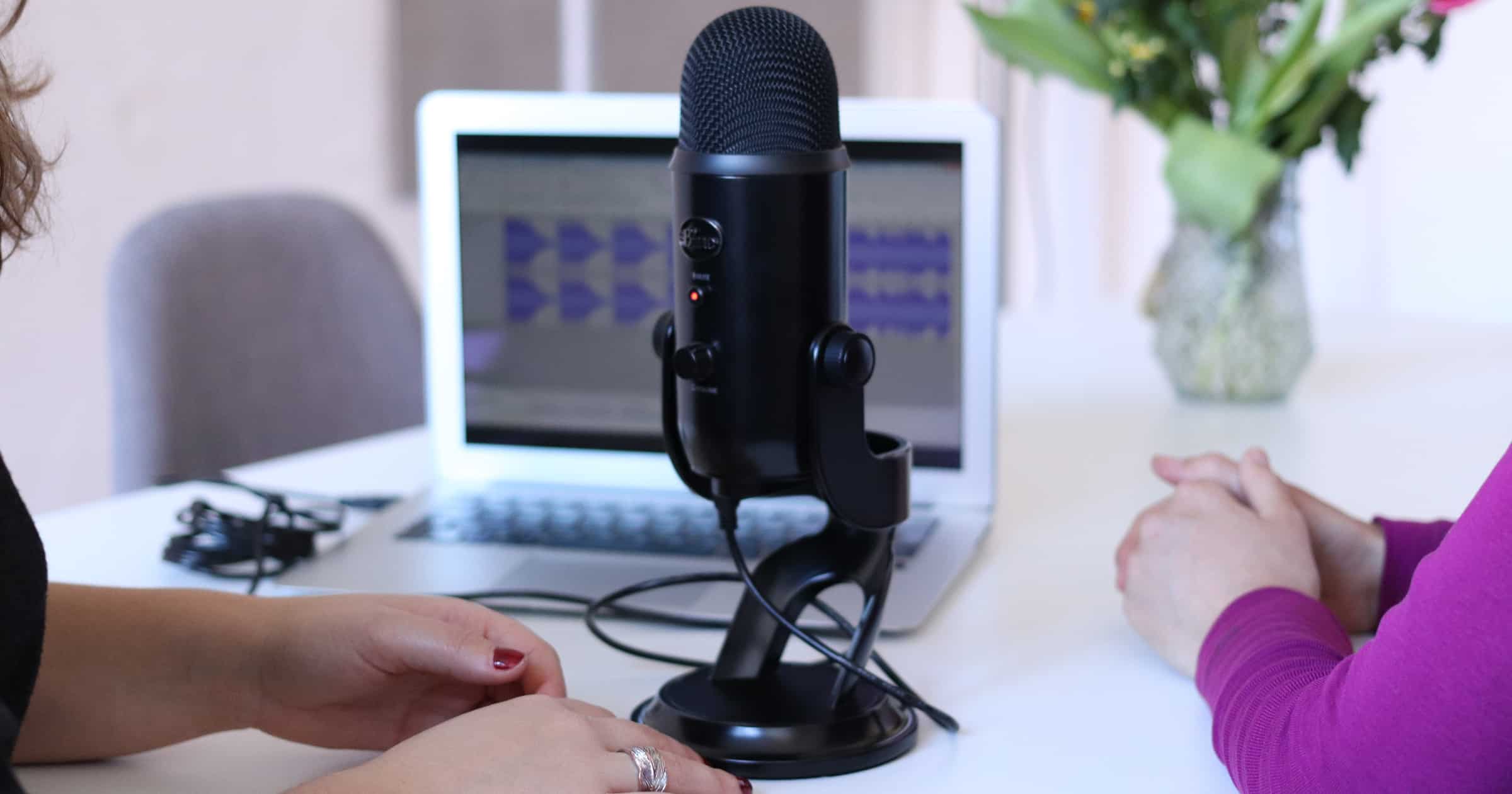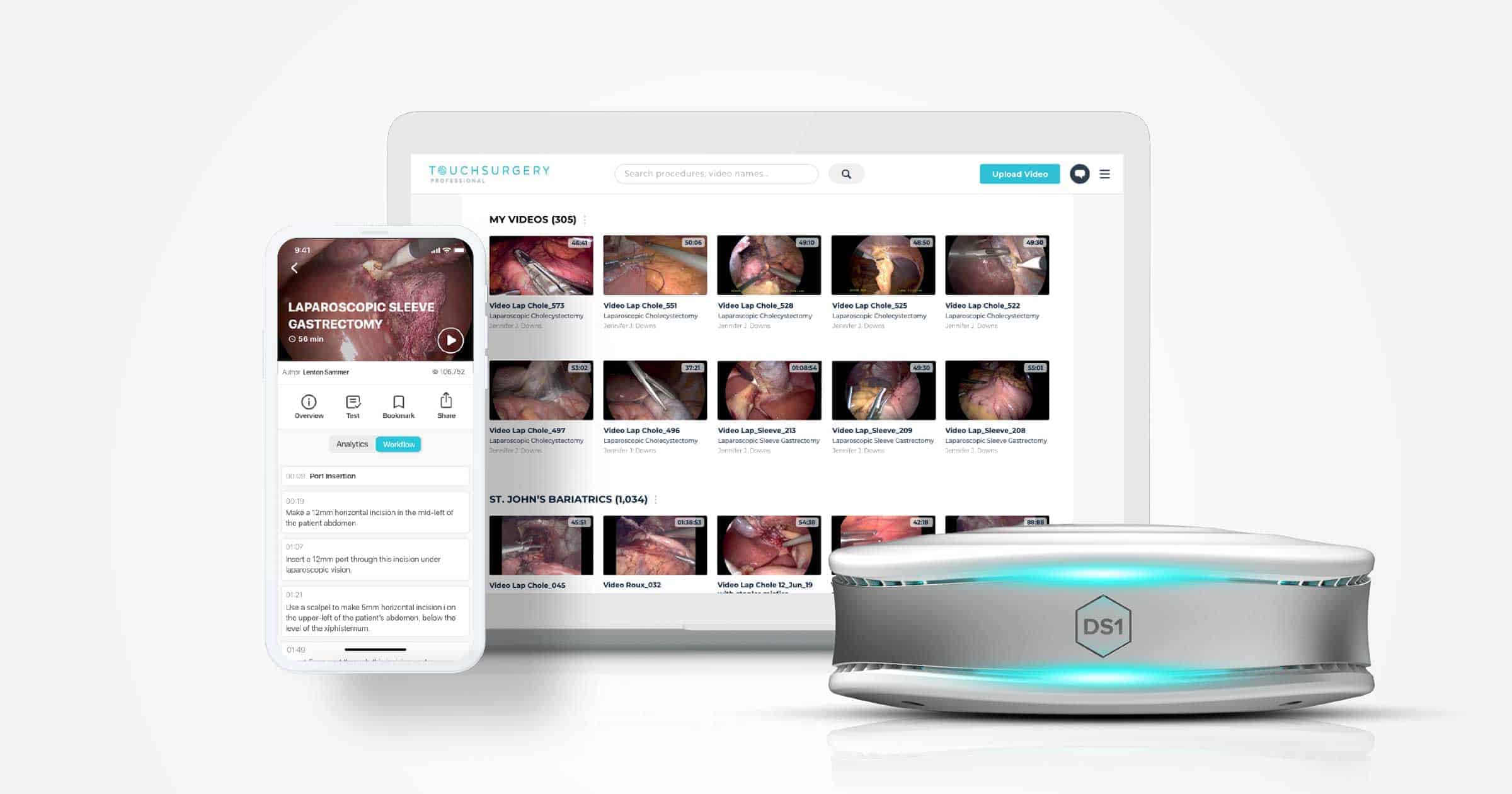Welcome to our latest FAQ Friday, where industry experts answer your burning technology and startup questions. We’ve gathered Minnesota authorities on topics from software development to accounting to talent acquisition and everything in between. Check in each week, and submit your questions here.
This week’s FAQ Friday is sponsored by The Jed Mahonis Group. The Jed Mahonis Group helps businesses strategize, design, develop, and deploy custom iOS and Android mobile applications. The company has partnered with many startups and large brands over the years to deliver software that is used by millions of people around the world, including companies such as Great Clips, Green Mill, VSI Labs, and Kwikly.
Meet Our FAQ Expert
Tim Bornholdt, Partner at The Jed Mahonis Group | @timbornholdt
Tim got his start in web development in the first grade, so he’s been building websites and apps for more than 20 years. In addition to being an accomplished software developer, Tim is also an award-winning videographer and podcaster. He currently edits the C Tolle Run podcast hosted by Olympian Carrie Tollefson, and he hosts the Constant Variables podcast where he breaks down complex mobile app development topics for entrepreneurs and product managers.
This Week’s FAQ Topic – Accessibility
I’m new to understanding digital accessibility. Where do I start? What are the standards of digital accessibility?
Some people prefer to use a keyboard over a mouse when operating a laptop. Some prefer voice-activated controls versus pushing a button. For much of the global population, these aren’t preferences; they are needs. More than 20% of the world lives with a disability which may require them to rely on assistive devices or accessible designs in order to use a product.
Getting started with accessibility can feel overwhelming, so familiarizing yourself with the guidelines around accessibility can be a good starting point.
How do I incorporate accessibility and inclusivity into my company culture?
I hate to be the bearer of bad news, but in my experience, there is no “quick fix” for incorporating accessibility and inclusivity into your company’s culture.
The good news, though, is that accessibility and inclusivity are both recognized as mainstream areas of concern for most organizations going forward, right up there with artificial intelligence and Brexit.
As a result, if you want to steer your company’s culture to be driven by inclusive design principles, the best way to go about doing it is to promote the business value in doing so.
If your company is not putting accessibility at the forefront of its decision making, it is effectively leaving 20% of the potential market behind. If you focus on making your app usable by everybody, it will lead to increased revenues and profits.
If the carrot doesn’t work, here’s a stick you can use. Lawsuits are being filed at an accelerating rate against organizations who do not have accessible interfaces. If you don’t want to find yourself on the wrong end of a lawsuit, you need to start thinking about inclusive design.
If my product meets WCAG 2.0 standard, do I need to incorporate version 2.1?
Version 2.1 of the Web Content Accessibility Guidelines (WCAG) includes the same guidelines as version 2.0 with added success criteria to address people with low vision disabilities, people with cognitive and learning disabilities, and mobile accessibility.
The Accessibility Guidelines Working Group recommends companies currently compatible with WCAG 2.0 adopt WCAG 2.1 as their new accessibility conformance target to provide improved accessibility.
To help with understanding the guidelines of WCAG, this blog post outlines the 4 principles of WCAG in layman’s terms.
How can I benefit from incorporating accessibility into my product and company culture?
The reason for having a product that is accessible to all is more than being compliant or protecting yourself against legal action. Accessibility brings value to your company in numerous ways:
- It comes down to simple math. If more people have access to your product, your audience will be larger, and inherently, so will your profits.
- Accessibility is an investment in your brand. Employees and customers want to align with brands that support good values.
- Accessibility improves usability for all, not just those with disabilities, and also boosts SEO.
Need more reasons? Listen as I chat with an accessibility expert on the benefits of incorporating accessibility into products on the Constant Variables Podcast.
Still have questions? Ask Tim and The Jed Mahonis Group team questions on accessibility and more on Twitter at @timbornholdt.






